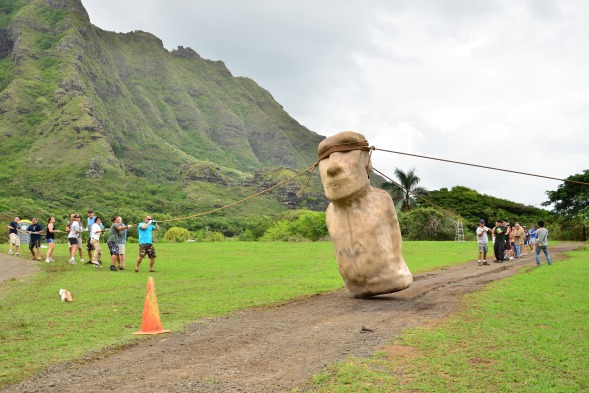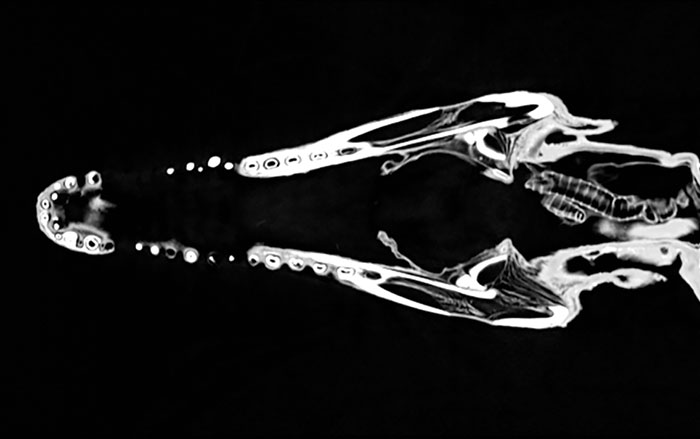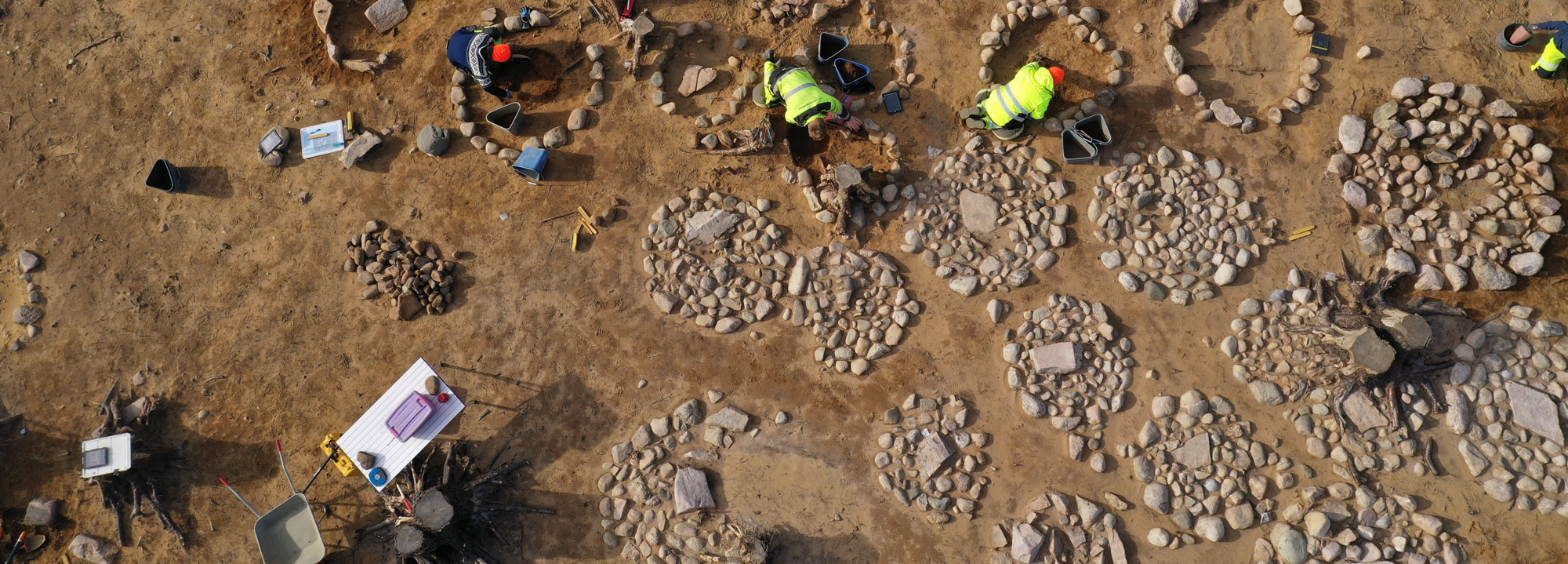
LONG BEACH, CALIFORNIA—Carl Lipo of California State University argues that the moai of Easter Island could have been “walked” upright on rounded bases from their quarries into position on ceremonial platforms using only ropes. He and his colleagues tested the possibility of “walking” a five-ton statue in Hawaii, but critics have said that the terrain they covered wasn’t as rough as that found on Easter Island. “It goes from something you can’t imagine moving at all, to kind of dancing down the road,” Lipo said. Previous researchers have thought that the island’s palm tree forests must have been cut down and used to roll the colossal statues into place, triggering an ecological disaster that eventually wiped out the Rapa Nui. Lipo counters that the island’s villages were never large, and that the tree rollers would have been crushed by the weight of the moai. Instead, deforestation could have been caused by rats that ate the palm nuts before they germinated, and slash-and-burn agricultural practices.










